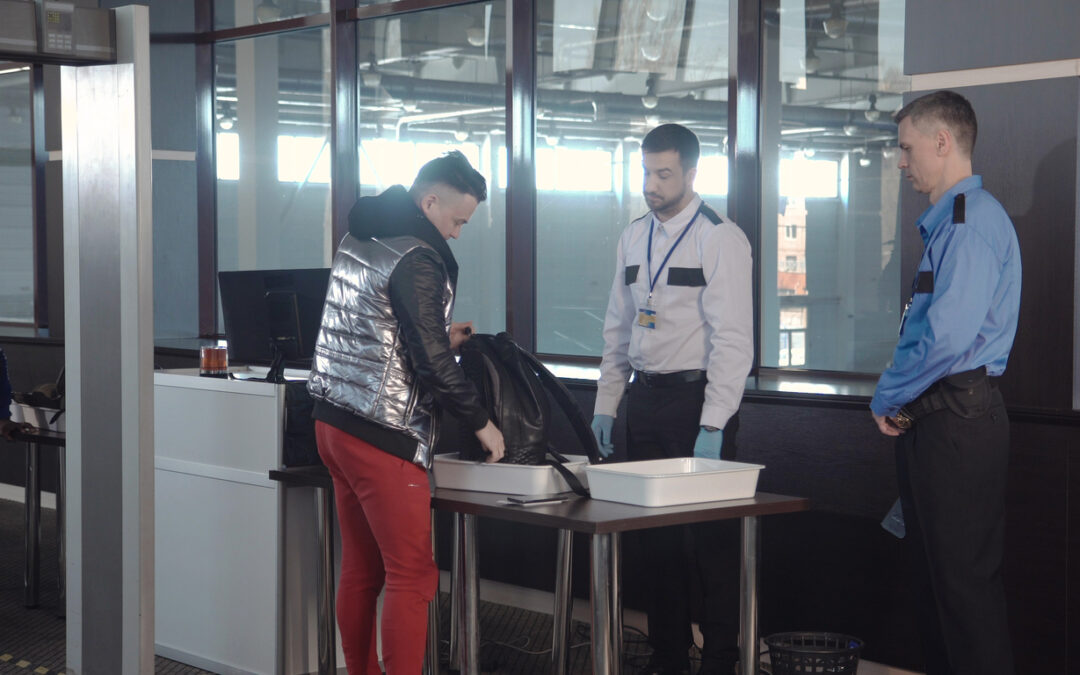The bill has finally been introduced to abolish the Transportation Security Administration (TSA). On the surface, it’s an appealing soundbite—more efficiency, less government oversight, and the promise of returning to a “simpler time” in aviation. But from where I stand—as someone who’s spent decades studying and working in aviation security—this is not just short-sighted. It’s dangerous.
(If you missed Part 1, I broke down how this bill misunderstands TSA’s legal authority, screening responsibilities, and the real lessons of 9/11. You can read it here.)
Let’s get one thing clear: the TSA is far more than just the uniformed officers you see at the security checkpoint. It’s an interconnected system of intelligence, technology, operations, and coordination that exists precisely because we learned—too late—what happens when these functions are fragmented or ignored. The 9/11 Commission Report made that painfully clear.
What Happens to TSA’s Intelligence Role?
One of the most critical failures before 9/11 was the lack of information-sharing between agencies. The terrorist watch list? Well, there wasn’t just one – numerous government agencies had their own and the FAA had limited access. TSA was created in part to fix that. Today, it serves as a centralized point for collecting and distributing intelligence related to transportation threats. If TSA disappears, who takes over this mission? And how do we prevent returning to the same communication failures that left us blind two decades ago?
Who Keeps Advancing Detection Technology?
TSA is not just a security agency—it’s also a research hub. Through its Transportation Security Integration Facility, TSA leads the development, testing, and implementation of cutting-edge detection technologies, including artificial intelligence. AI isn’t just some buzzword—it’s able to actively reduce false alarms, identify threats more accurately, and minimizes unnecessary pat-downs. Removing TSA means stalling this innovation.
What About the Labs, the Ops Centers, the Watch Lists?
The TSA’s Transportation Security Laboratory tests the kinds of improvised explosive devices that screeners could face tomorrow. The Transportation Security Operations Center (TSOC) monitors threats in real time and keeps track of armed law enforcement and air marshals within the system. There was no such center on 9/11 – on that day, the aerial defense of the United States was coordinated by the FAA’s Air Traffic Control System Command Center. Secure Flight matches passengers against the no-fly list, identifying known or suspected terrorists before they board a plane. These are not functions you can just “reassign” with the wave of a hand.
And the Air Marshals?
Where do they go in this plan? Or are we simply giving up on having a last line of defense in the sky?
The Screening Partnership Program Isn’t a Silver Bullet
Some argue for expanding the Screening Partnership Program (SPP), which allows private contractors to conduct screenings under TSA oversight. Fine. Let’s study that. But under no circumstances should airport operators or airlines take over responsibility for screeners. They don’t have the money, the liability protection, or the incentive to hire qualified personnel. We’ve seen what that leads to—it’s exactly what happened before 9/11, when screeners were underpaid, undertrained, and poorly managed. Although screening was not held to blame for 9/11, the security gaps in the screening system were widely known to industry professionals and were just waiting to be exploited.
If we do expand SPP, TSA must continue selecting and funding contractors. Otherwise, we’ll end up with the lowest bidder winning contracts and the traveling public paying the price in risk.
Final Thought
This bill to abolish the TSA isn’t a plan—it’s a slogan. I’ve seen better strategies drawn in the dirt during elementary school pick-up football games. We need to rethink, refine, and yes—hold the TSA accountable for performance. But elimination? That’s not reform. That’s regression.


You do a great job in putting the TSA role in proper perspective. The TSA is multi-faceted and an integral part of not only travel security, but also national security. In this era of swift cost-cutting under the Department of Government Efficiency (DOGE), there must be time to take a cautious look at the relevancy of the TSA. Make TSA improvements as we must, but privatization without the integration and oversight of other national security agencies is a huge risk.